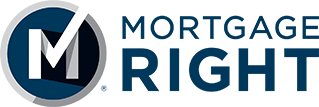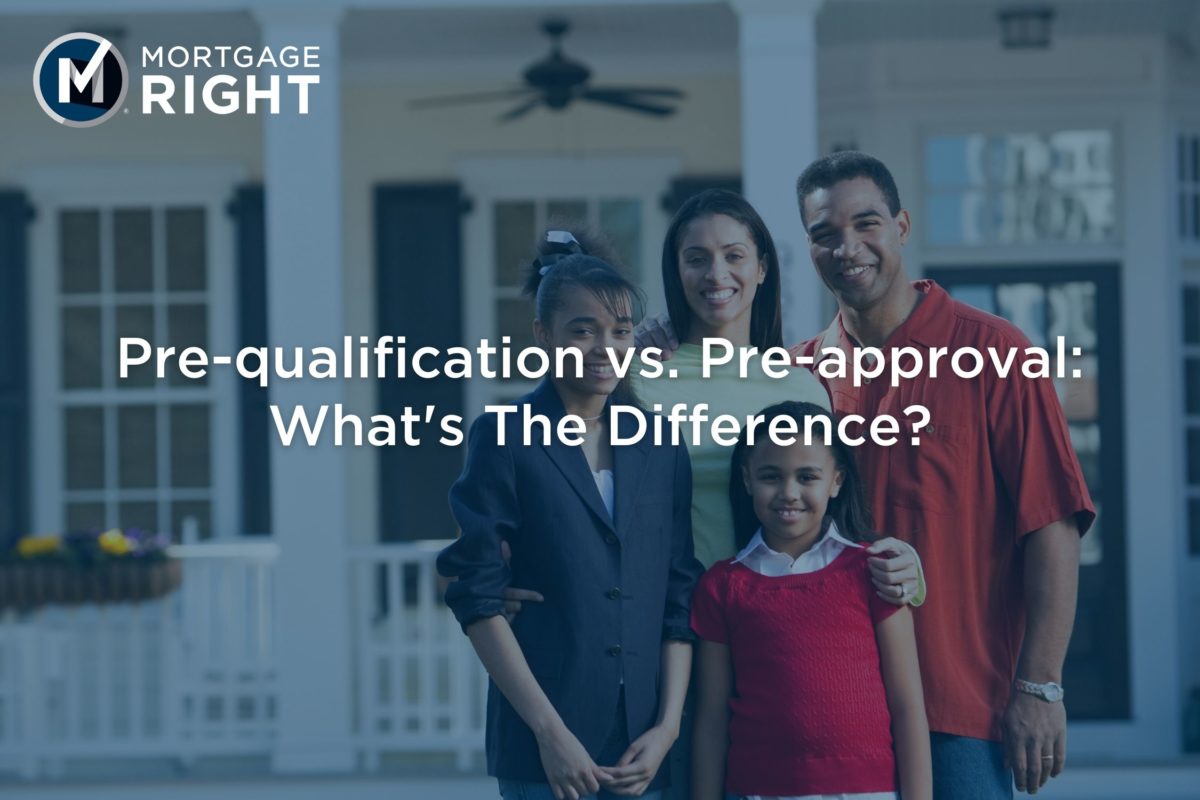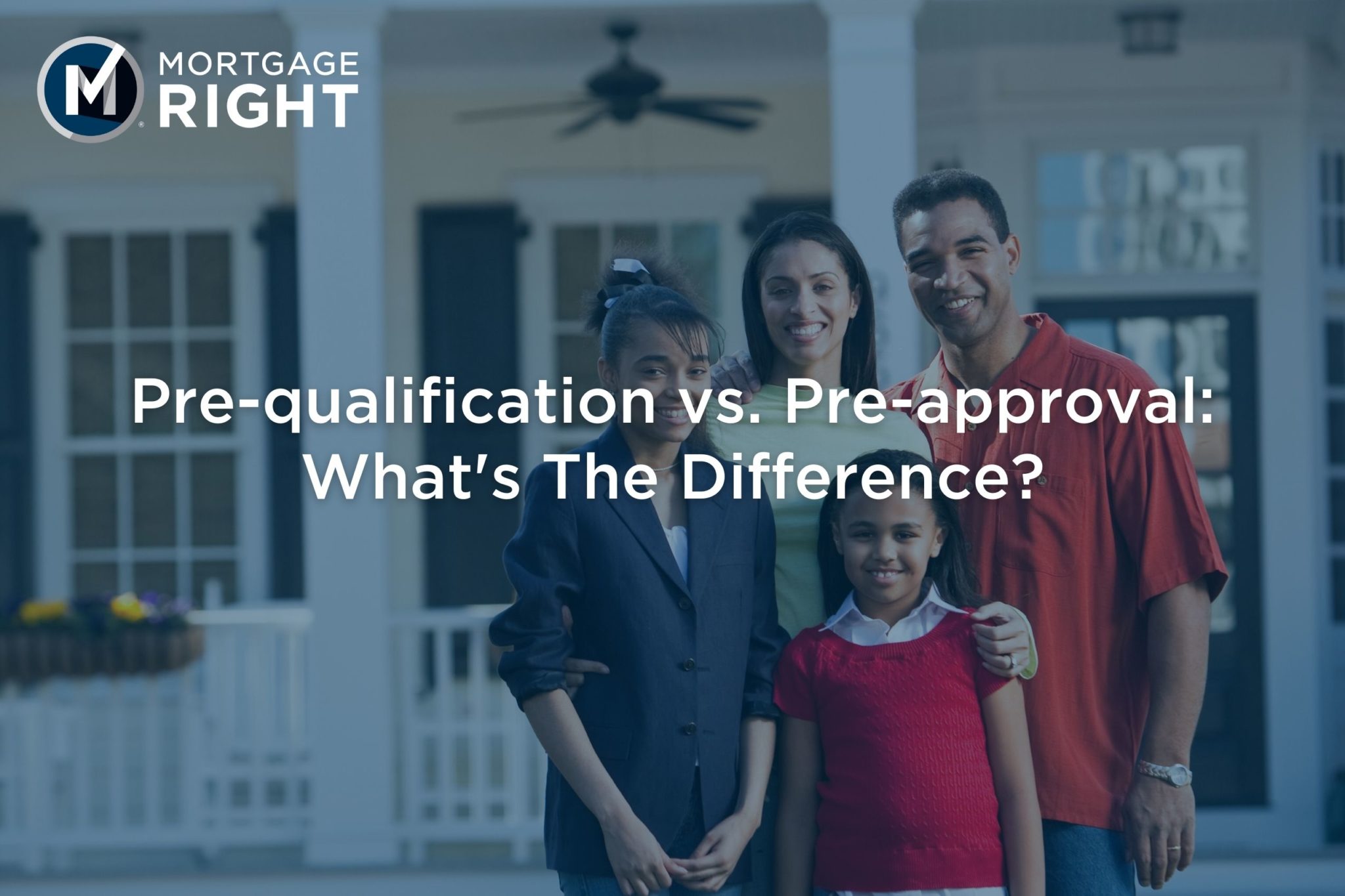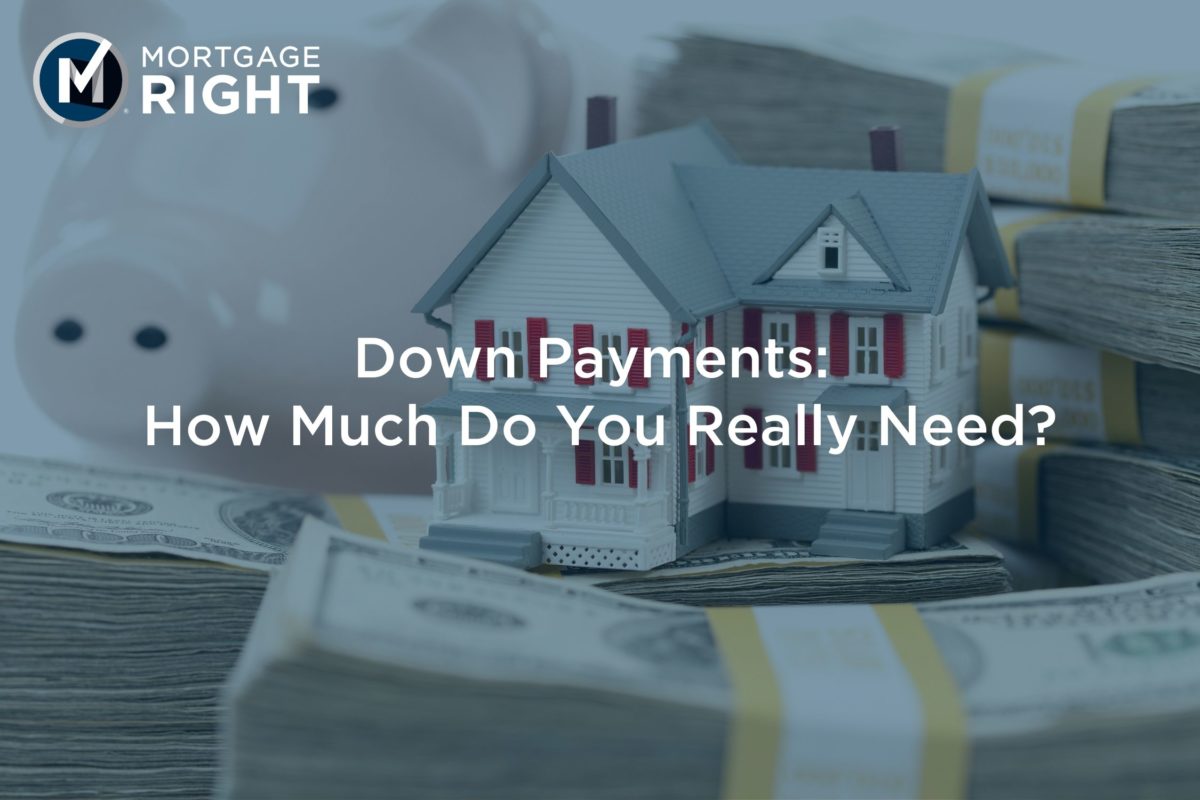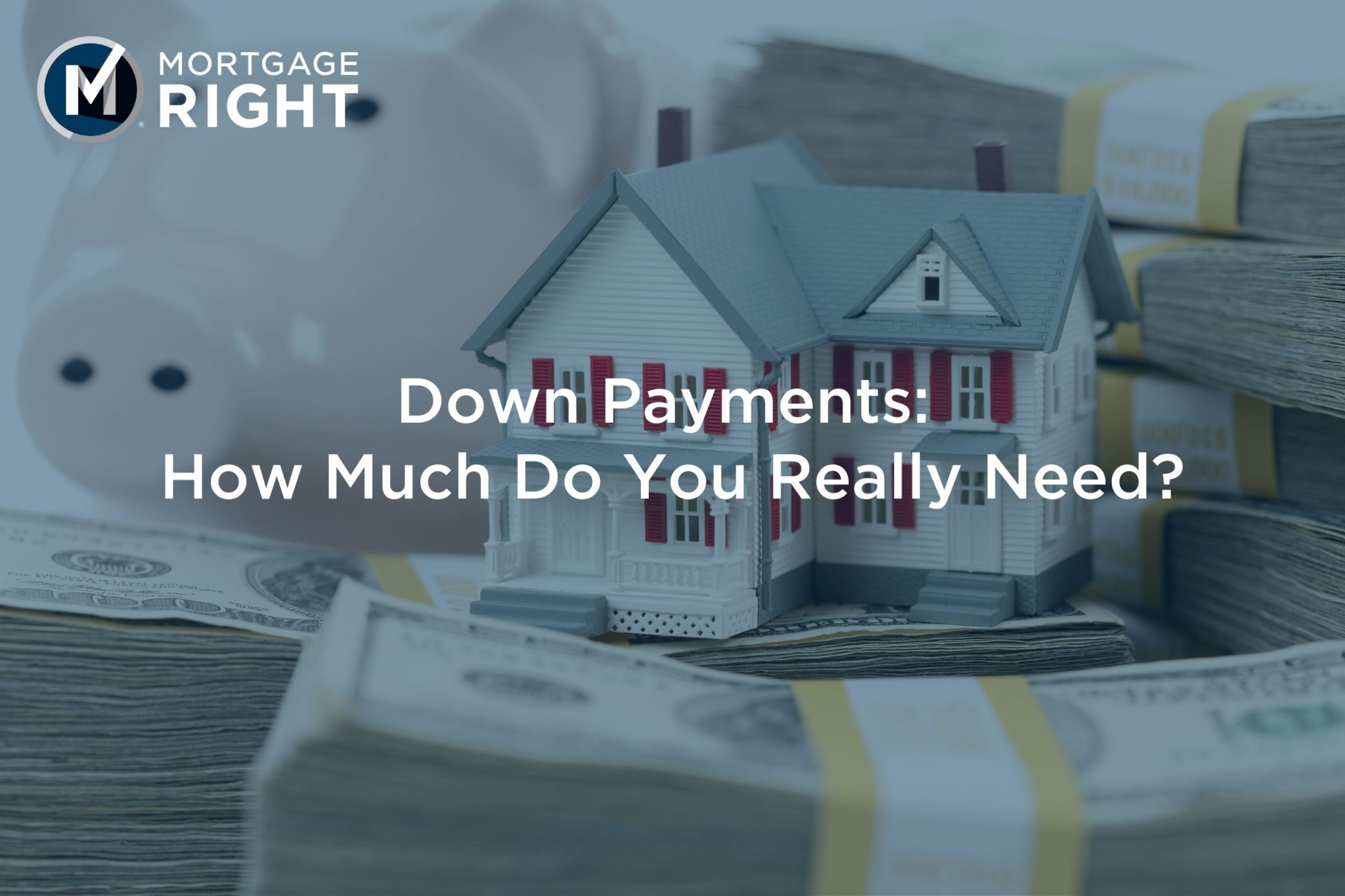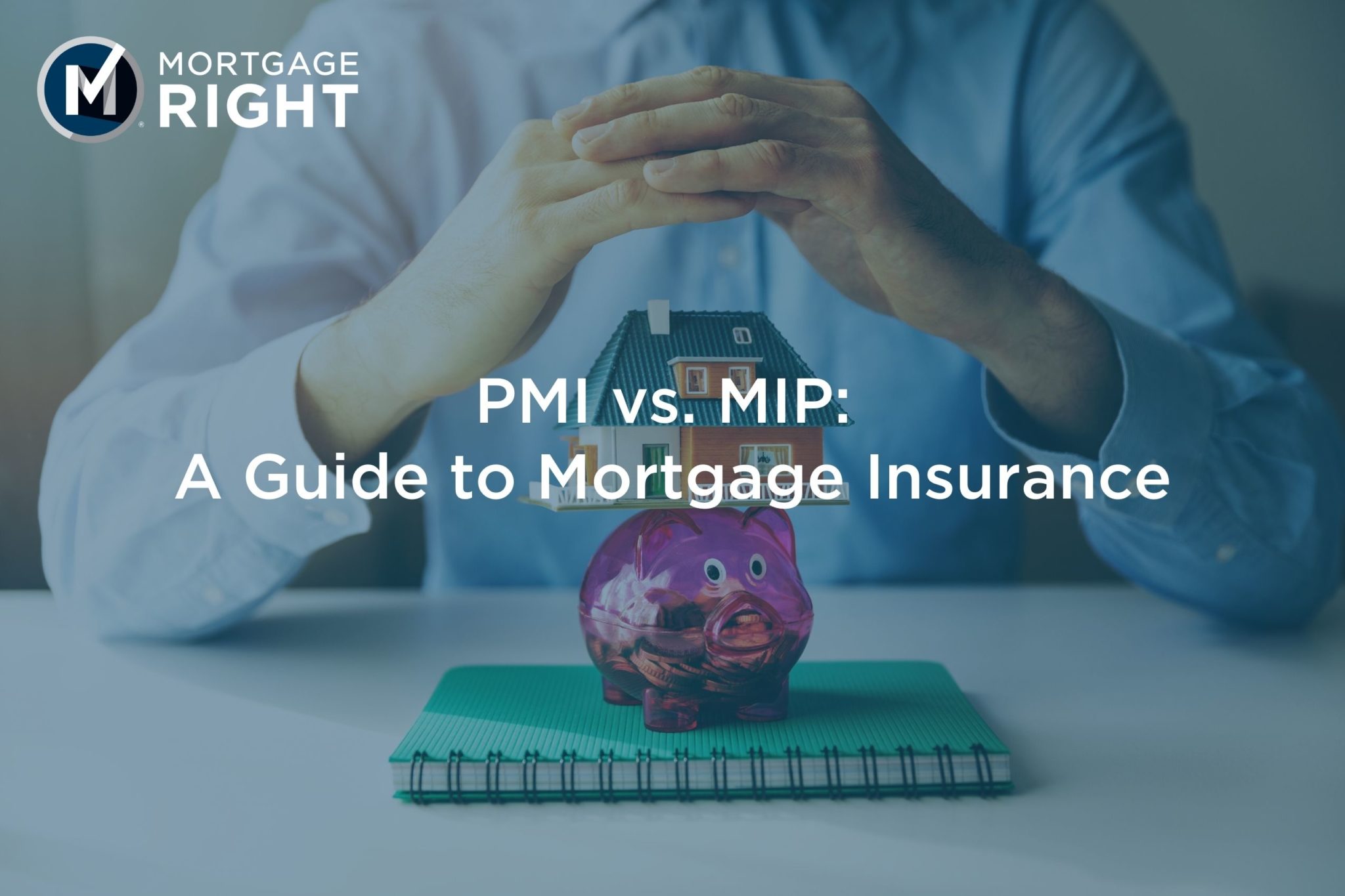
Getting approved for a mortgage without knowing which home you want to purchase might seem like a pipe dream. But MortgageRight is in the business of making the impossible a reality! Let’s look at how an underwritten pre-approval will allow you to get conditionally approved for a mortgage even if a home hasn’t caught your eye yet.
How Does It Work?
Upfront underwriting, also known as To-Be-Determined (TBD) Pre-approval, is a method that sends the necessary information to an underwriter at the beginning of the mortgage process instead of at the end. This way, a lender can give you conditional approval of a dollar amount before you have a house picked out.
Which Documents Will Be Reviewed?
Much like traditional loan underwriting, the upfront underwriting process requires documentation that supports your financial stability to ensure a successful pre-approval. To verify your eligibility, an underwriter will review the following:
- Past two years of W-2s
- Most recent pay stubs
- Past two years of tax returns
- Credit report
- Other asset documentation
Underwritten Pre-approval vs. Pre-qualification
The most notable difference between a true pre-approval and pre-qualification is underwriting review. If you opt for pre-qualification, you must submit income, asset, and credit-related information that will initially land in the hands of your mortgage loan originator. At that point, your mortgage loan originator will review the information and determine which loan programs and amounts you could be qualified for on your home purchase. Because pre-qualification does not involve an underwriter reviewing your information at the onset, loan circumstances are subject to change as you move through the home-buying process.
On the other hand, our Underwritten Pre-approval Program allows for upfront underwriting and faster issuance of a conditional approval of a loan amount. That is why an underwritten pre-approval is so valuable. Instead of having an underwriter review your information later in the process, it is sent directly to them. This way, you can get a well-founded assurance about which loan program and maximum loan amount you can use to purchase the home of your dreams.
What Are the Other Advantages of Underwritten Pre-approval?
One of the greatest advantages of underwritten pre-approval is securing an upfront review and verification of your credit, income, assets, and loan application by an underwriter before you decide on your perfect home. It’s a great way to get ahead of the game, understand your budget, and start shopping with certainty.
An underwritten pre-approval is the ticket to peace of mind because it drastically reduces surprises on your way to the closing table. Plus, an underwriter’s stamp of approval gives realtors and sellers confidence that issues with your mortgage loan are unlikely, which earns you more negotiating power over other potential buyers when you finally find the house you want.
Is an Underwritten Pre-approval RIGHT for You?
Many homebuyers can benefit from getting pre-approved at the beginning of the home-buying process. Think the underwritten pre-approval route is RIGHT for you? Contact us here, and we’ll get you into a new home in no time!
